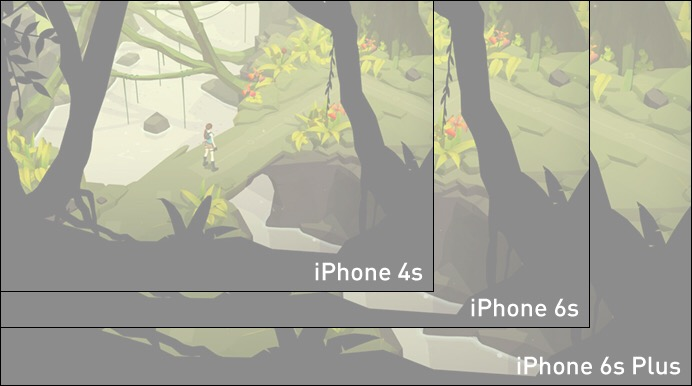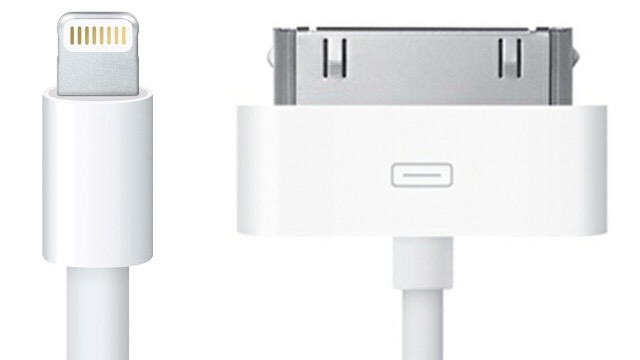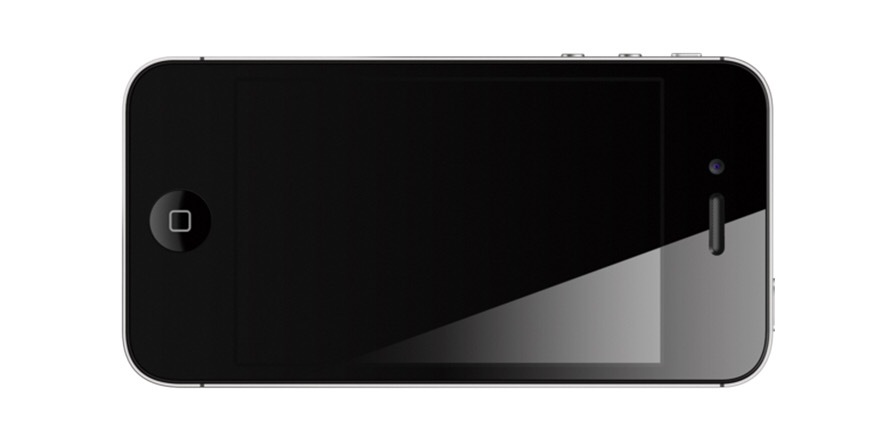iPhone 6s / 6s Plus - should I upgrade from an iPhone 4s?
Here's the deal

With the iPhone 6s and 6s Plus just around the corner, you might be thinking that it's finally time to upgrade from your old phone. But should you, and what will you get out of it.
Here's our handy guide, if you're figuring out whether to upgrade from an iPhone 4s to the 6s or 6s Plus. You'll get:
A much bigger screen
The 4S has the same short screen as the very first iPhone. And in a world of phablets and 4 inch Androids, it was just too small. The next iteration, the iPhone 5, went widescreen.
It's even bigger on the iPhone 6s, hopping from a 3.5 inch display on the 4s to a 4.7 screen on the 6s. And the Plus? A whopping 5.5 inch display. See the image above for a to-scale comparison of the three screens's physical dimensions.
The new screens also have a taller aspect ratio, meaning more pixels to play with. That's more icons on your homescreen, more tweets on your timeline, and a better view in games.
A lot more powerEvery iPhone is a bit better than the one before it. But the leap between the 2011 4s and the 2015 6s is huge.
You're going from the 1 GHz, dual-core Apple A5 to the 64bit Apple A9 processor. The 6S also adds a M9 motion coprocessor to make accelerometer readings more accurate.
We don't know about the GPU, but it will be at least as good as the iPhone 6, which was quad-core to the iPhone 4s's dual-core.
What does all that junk mean? It means apps load faster, crash less often, and games are smoother.
While it is true that most games - including Lara Croft GO, Oceanhorn, Shadowmatic, XCOM Enemy Within, The Room 2, and Unkilled - say they are compatible with the 4s, you're going to have a significantly better experience on the new devices.
Loads more memoryThe 4s has just 512MB of RAM to play with. Reports from developers suggest that the 6s and 6s Plus will quadruple that with 2GB of RAM.
This makes everything run smoother, and also lets apps stay in memory for longer. So if you exit out of a game to check your emails or answer a phone call, the game should be waiting where you left off on the 6s - but will have to load from scratch on the 4s.
Pretty good new featuresYou're getting the benefit of everything added in the 5th and 6th generations of iPhone. So that's the Touch ID fingerprint scanner, NFC for Apple Pay, Apple Watch support, improved microphone noise suppression, and that nifty new 3D Touch.
A lot better cameraThe 4s took 8 megapixel photos, while the 6s can do 12 megapixel shots - plus, it has a faster aperture, and has two LEDs for the flash instead of one. The 6s Plus can do optical image stabilisation, too.
For video, the 4s can do 1080p HD video, which is nice. The 6s can do 4K. And it can do HD videos in slow-motion, to boot. It is, all around, a far better shooter.
The front one is better too, if you're a selfie fan. Up from 0.3 megapixel to 5 megapixel shots, and from 480p videos to 720p ones. It has face detection too. It is, essentially, a selfie machine.
More space (if you want it)You'll have to shell out for this one, but while the biggest 4s iPhone has 64GB of space, the largest 6s has 128GB. That's a lot of games!
A longer-lasting batteryThe 6s and 6s Plus have bigger batteries, so expect longer life when using them. Here's what you need to know about battery life, in hours:
| iPhone 4s | iPhone 6s | iPhone 6s Plus | |
| Audio | 40 | 50 | 80 |
| Video | 10 | 11 | 14 |
| Talk (3G) | 8 | 14 | 24 |
| Web (3G) | 6 | 10 | 12 |
| Web (Wi-Fi) | 9 | 11 | 12 |
| Web (LTE) | N/A | 10 | 12 |
| Standby | 200 | 250 | 384 |
Better connectivity
The wi-fi chip now supports the a and ac bands, and it now has Bluetooth 4.2. It can also do LTE, HSPA+ and DC-HSDPA which basically means 4G. If you can get it, and want to pay for it, that is.
More colours to choose fromThe 4s comes in black or white. The 6s has loads more styles: a white front and silver back ("Silver"), a black front with gray back ("Space Gray"), a white front with gold back ("Gold"), or a white front with a pink back ("Rose Gold").
You'll need a new SIM cardThe 4S has a Micro SIM card, whereas the 6s uses a Nano SIM. You'll either have to ask your carrier to provide you with a new card, or - gulp - cut yours down with scissors. It's possibly, just a little nerve-wracking.
And new accessories
The 4S was the last iPhone to use the old 30 pin connector. The 6s and 6s Plus use Lightning connectors, so your old cables, docks, and other accessories won't work.
You'll also need a new case, because…
It's a lot biggerThis one is very much down to personal preference. Want a tiny phone that will fit in your pocket? Then maybe you should stick to the 4s (or go for the 5s, which is only a little bigger).
Otherwise, you'll have to get used to a significantly bigger phone. Here are the three phones, to scale:
 iPhone 6s Plus
iPhone 6s Plus
 iPhone 6s
iPhone 6s
 iPhone 4S
iPhone 4S
The new phones are at least thinner. The 6s is 7.1mm thick, and the 6s Plus is 7.3mm. The chunky iPhone 4s is 9.3mm thick. The new phones are heavier, though. While the 4S is 140g, the 6s is 143g and the 6s plus is 192g.
The verdictIf you've got the cash, this upgrade seems like a no-brainer. We're surprised you've held out this long, to be honest. You'll immediately notice the enormous screen, and quickly get the benefit of increased power and performance.
And while having to get new accessories and a SIM card will be a pain, new features like fingerprint security, Apple Pay, a better camera, and 3D Touch will make up for it.
